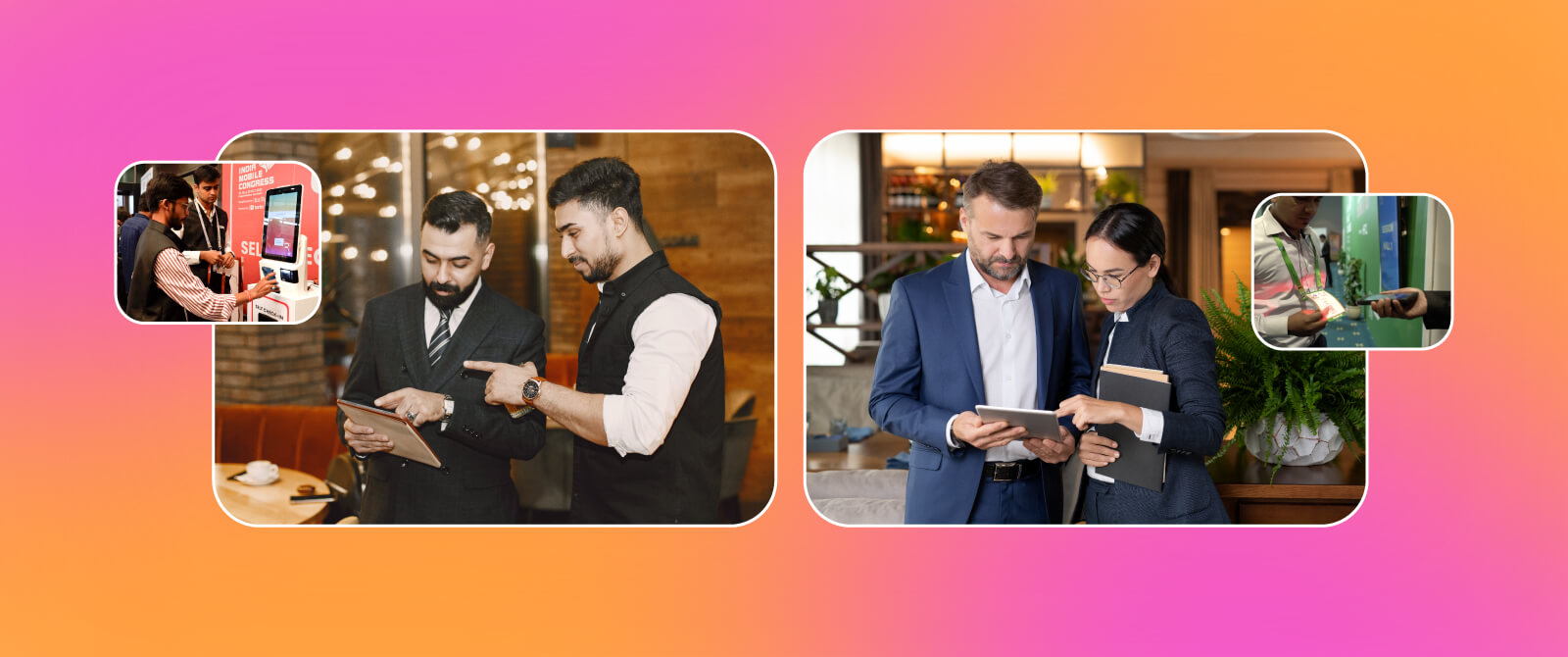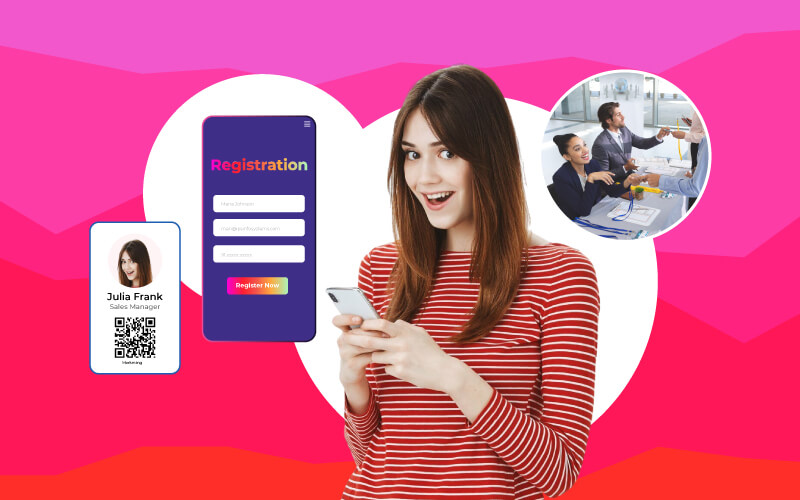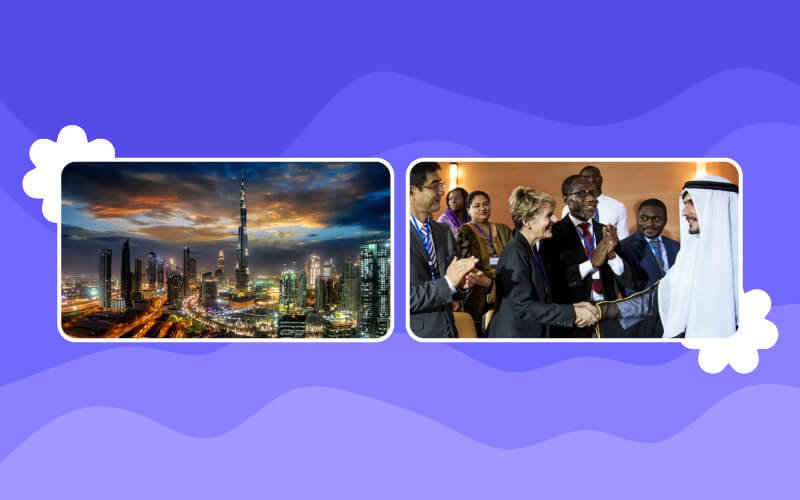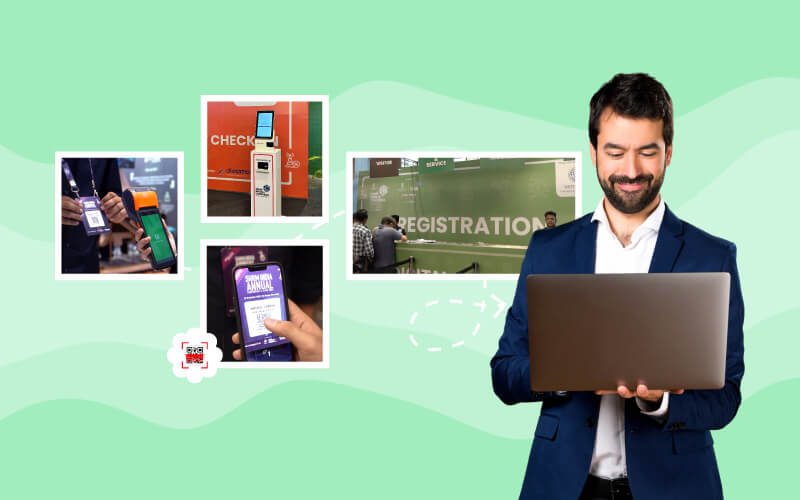For event planners, attendee journey optimization is like orchestrating a symphony where every note harmonizes to create a memorable experience. From registering for an event to the final engagement, every interaction plays a part in building loyalty, driving engagement, and crafting an unforgettable experience.
Here’s a guide to attendee journey optimization for event planners, with actionable tips to ensure that every phase leaves a lasting impression.
Why Attendee Journey Optimization Matters
Optimizing the attendee journey is not just about making a smooth event but rather it’s about creating a unique, enjoyable experience. Events must compete with other engagements, so a well-crafted journey helps keep attendees engaged, motivated, and excited to return for future events.
Three Core Principles of an Optimized Attendee Journey:
Connection: Engage attendees emotionally at each stage.
Convenience: Streamline processes to make everything as simple as possible.
Customization: Tailor experiences to meet varied attendee needs.
With these principles in mind, let’s explore how to shape each stage of the event attendee journey. With event attendee journey touchpoints, there are opportunities to enhance satisfaction and turn passive attendees into engaged participants.
1. Awareness: Capturing and Sparking Interest
The event attendee journey begins well before registration opens. Your goal here is to captivate potential attendees and show them why your event is worth their time and investment. Every piece of communication in this stage should answer the question, “Why should I care about this event?”
Effective Strategies for Building Awareness:
- High-Impact Visuals and Messaging: Develop eye-catching visuals and strong messaging that speaks to attendees’ goals and interests. Invest in professionally designed images and videos that convey the event’s theme and value.
- Targeted Social Media Campaigns: Use social media platforms to build a buzz. Create event pages and regular countdown posts that showcase the event’s uniqueness.
- Influencer Partnerships and Testimonials: Partner with influencers, thought leaders, or respected voices in your industry. Their endorsement can build credibility and attract attention. Similarly, testimonials from past attendees can be powerful in conveying value.
- Create an Emotional Hook: Focus on the “why” of your event. Why should someone attend? Highlight the potential for learning, networking, fun, or impact. Creating an emotional hook helps improve attendee journey.
2. Consideration: Building Excitement and Addressing Concerns
At this point, potential attendees are interested but may still be deciding whether to commit. This is a delicate stage where reassurance is key. Your role is to make their decision easier by addressing concerns, answering questions, and offering a clear vision of the benefits.
Key Tactics for the Consideration Phase:
- Engage with a Series of Personalized Emails: Develop a segmented email campaign that shares information relevant to different audience segments, such as professionals, students, or executives. Offer value in every email like insider insights, speaker highlights, or previews of workshops.
- Showcase Agenda and Activities: Be transparent about the event’s structure, from keynotes to breakouts, and include specific highlights that appeal to your target audience.
- Live Q&A and Webinars: Host an online Q&A or informational webinar where potential attendees can ask questions directly. This offers a personal touch and builds trust by providing clarity and transparency.
- Highlight Networking Opportunities: Emphasize the chance to connect with other attendees, speakers, or industry leaders. Many people attend events to expand their networks, so mentioning structured networking sessions or exclusive access to experts can be highly appealing.
- Create a sense of urgency: Use urgency strategically. Offering a limited number of early bird tickets or special perks for early registrants can prompt people to act sooner rather than later.
3. Event Registrations: A Seamless Process
Once someone decides to attend, the event registration process can be the first true “test” when optimizing attendee experience. The registration phase is where a potential attendee is ready to become an actual participant. There are various ways you can use to make your registrations smooth and seamless. An easy registration helps build trust while a complicated one can be a deal-breaker.
Key Actions for Registration Optimization:
- User-Friendly Platform: Leverage a powerful registration platform to boost your event registrations while minimizing friction. Make sure to keep your registration forms short and concise for a good quality user experience. When a registration process is done in a few steps, your event is set to gain higher registration numbers and higher ROI.
- Multi-Tiered Experience: Multi-tier has become quite a popular concept for events to offer a myriad of attendee experiences. While a VIP registrant would be able to access premium experiences, the experience of a standard registrant will be limited. If your event is going to be large, this pricing strategy can be beneficial for your large event or festival.
- Customizable Options: Allow registrants to personalize their experience by choosing breakout sessions, workshops, or special events. This gives attendees control over their schedules and helps you gather data on preferences.
- Automated Confirmations and Reminders: Once someone registers for an event, they would expect a confirmation email in return. This email can outline the next steps, what they can expect, and important dates. Set up automated reminders leading up to the event to help build excitement.
- Pre-Event Perks and Access: Offer perks for early registrants, such as exclusive access to digital content or priority seating options. Early access adds value and reinforces their decision to attend.
4. Experience: Delivering Value and Creating Impactful Moments
The number one priority of any event is the experience of the attendees. This is where attendees will form their main impressions, and the quality of these interactions will determine whether they leave satisfied, inspired, and willing to return next time.
Strategies to Maximize the On-Site Attendee Experience:
- Seamless Check-In Process: Simple and fast check-ins are the significant event attendee journey touchpoints. Leverage mobile check-in, RFID badges, or facial recognition for quick and hassle-free entry. A streamlined entry process sets a positive tone from the start.
- Personalized and Interactive Content: Provide attendees with a personalized schedule via a mobile event app, allowing them to receive reminders and updates on sessions they’ve selected. Moreover, you can incorporate interactive elements like live polls, Q&A sessions, and digital swag.
- Meaningful Networking Opportunities: Create structured networking opportunities, such as speed networking or industry-specific meetups. Use a networking app that matches attendees based on interests and goals to make introductions smoother.
- Branded Social Media Moments: Design photo spots, or hashtags to encourage attendees to share their experiences. This not only creates a memorable moment for attendees but also promotes your event online.
Pro Tip: Make VIPs and speakers feel highly valuable from early check-in to exclusive lounges. These extra touches can help you nurture valuable connections and set your event apart.
5. Post-Event Engagement: Building Relationships and Gathering Insights
A successful event doesn’t end with the last session. Post-event engagement is one of the important event attendee journey touchpoints to keep in mind for optimization. Post-event engagement is key to building lasting relationships with attendees, gathering feedback, and setting the stage for future events.
Effective Post-Event Strategies:
- Send Personalized Thank-You Messages: Shortly after the event, send a thank-you email or message to each attendee. This message should include a summary of key takeaways, next steps, and information on accessing any recorded sessions.
- Collect Feedback Through Surveys: Send a post-event survey asking attendees for feedback on various aspects of the event. Keep it short, but focus on gathering insights that can help improve future events.
- Highlight Key Moments with a Recap Video: Share a recap video with highlights from the event. This helps attendees relive the experience and gives those who didn’t attend a taste of what they missed.
- Create a Community Space for Continued Engagement: Create a dedicated social media group for attendees to stay connected. This fosters a sense of community and allows for year-round engagement, leading up to your next event.
The Role of Empathy and Human Connection in Attendee Journey Optimization
Event tech solutions can automate and simplify much of the attendee journey, but it can’t replace the warmth of human connection. Events are ultimately about people, and the experience will always be richer when empathy, respect, and personal attention are prioritized. Personal touches, active listening, and making each attendee feel valued are foundational to an unforgettable journey.
A personalized welcome letter or one-on-one greeting can set the tone for a VIP experience. Likewise, smaller gestures like catering or providing a quiet area for those who need a break go a long way in making attendees feel appreciated.
Leveraging Technology For Optimizing Attendee Experience
Incorporating the right event technology plays a big role in optimizing attendee experience. Event tech solutions can enhance every stage of the event attendee journey. Here are a few tools to consider:
Event Management System and Solutions: There are lots of event management systems and solutions to help with registrations, RSVP, event check-in, and event tracking. These tech solutions automate the event experience while providing attendees with an engaging, intuitive experience.
Networking App: The event networking app is designed to boost networking and engagement of like-minded professionals or individuals at the event. They work by creating connections between attendees based on shared interests.
Data Analytics Tools: Mobile event app can be integrated with data analytics to help event organizers gain insights about events as well as attendees. Thus, it can be leveraged to improve targeting and future events.
Key Performance Metrics to Measure Success
How do you know if your attendee journey optimization efforts have been successful? Here are some key metrics to consider:
Registration Conversion Rate: The percentage of people who registered after showing interest. A higher rate indicates effective marketing and registration processes.
Check-In Rate: Measures the number of people who actually attended compared to those who registered. A high no-show rate might suggest issues with perceived value or conflicting schedules.
Engagement Metrics: Metrics like session attendance, app activity, social media engagement, and networking interactions can show how actively attendees participated.
Net Promoter Score (NPS): The NPS from post-event surveys is a strong indicator of overall satisfaction and attendee loyalty.
Feedback and Testimonials: Qualitative feedback is as important as quantitative data. Positive testimonials and constructive criticism can help improve future events and marketing.
Final Thoughts
Mastering attendee journey optimization is about creating a seamless, engaging experience from start to finish. By empathizing with attendees’ needs and staying adaptable, event planners can craft journeys that leave lasting impressions.
With a well-mapped journey, you’re not just organizing an event; you’re creating an experience worth remembering.

FAQs
1. What is the attendee journey, and why is it important for event planners to focus on optimizing it?
The attendee journey encompasses every interaction an attendee has with an event – from initial discovery and registration to post-event follow-up. A well-planned journey ensures a smooth, engaging experience that increases attendee satisfaction, encourages return attendance, and enhances word-of-mouth promotion.
2. What are the key stages of the attendee journey that event planners should optimize?
The main stages of the attendee journey include Awareness (building interest), Registration (providing a seamless sign-up process), Experience (delivering impactful moments during the event), and Post-Event Engagement (continuing connections and gathering feedback). Each stage plays a specific role in engaging attendees and building a positive event experience.
3. How can event planners use technology to improve the attendee journey?
Event planners can use various tools to enhance each stage of the attendee’s journey. For example, they can leverage an event registration system for smooth registration, an event check-in system to facilitate access, and data analytics to monitor attendee engagement. Using these technologies enables personalized experiences that boost attendee satisfaction and engagement.







